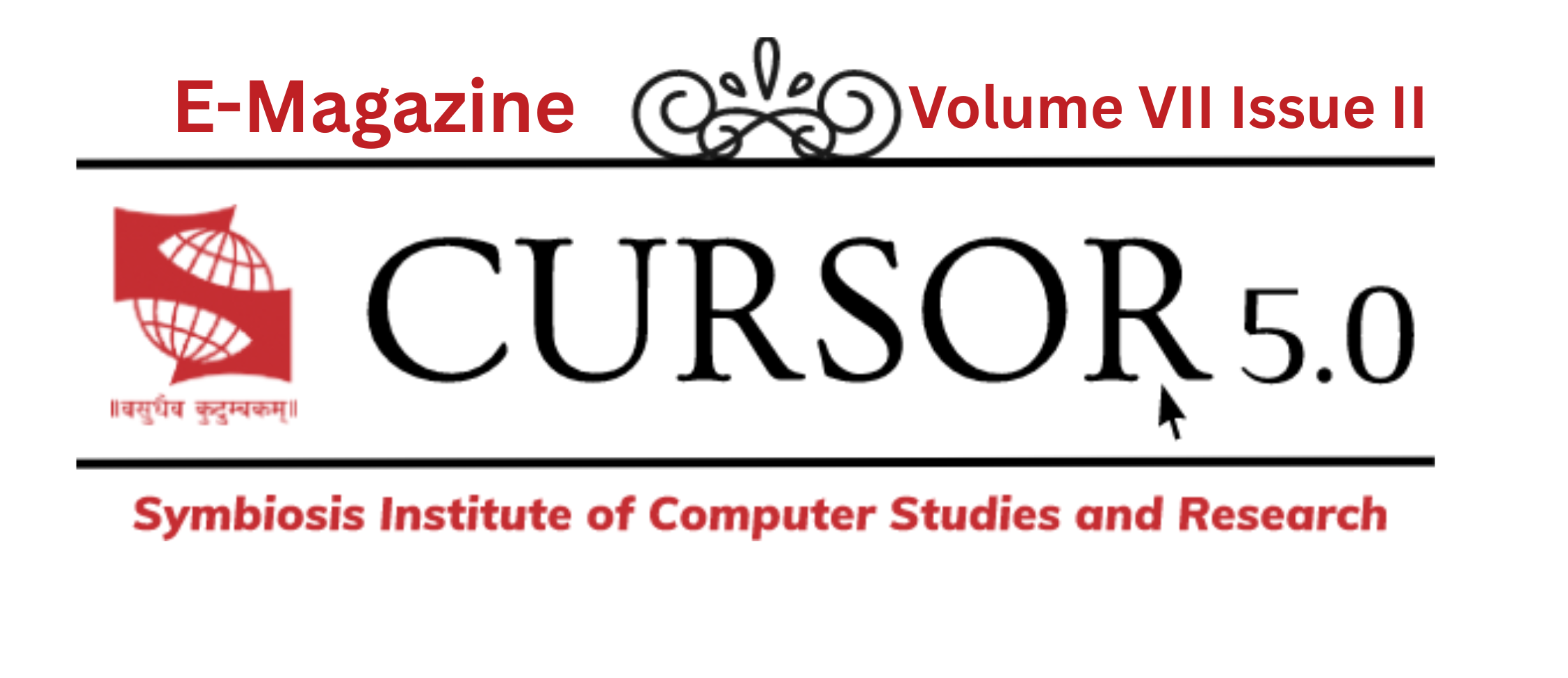Date: 12th March 2022
Venue: Virtual Mode (Zoom)
Submitted by : Aditya Tuteja and Raibata Basu
Faculty Mentor : Dr. Rajashree Jain
Event Description:
- Number of participants : 40
- Speakers :
Mr. Jai Singh Arun (Senior Program Director, Strategy and Offering Management, IBM Security, Cloud, and Cognitive Software)
Event Details →
The webinar was anchored by Yashvi Jain. She welcomed Dr. Rajashree Jain who spoke about the Women’s Celebration Week and about SICSR IEEE Pune Student Branch. Then we began the program.
Dr Jai Singh Arun gave his background and how it is different in business and in computer science. He told us about how we guide the organization which develops digital assets which are based on blockchain or DLT (Distributed ledger Technology). Various governments have started to use blockchain based technologies. 60% + banks should be able to use blockchain based technologies in the future. The NFTs, Defy, Decentralized organizations, and cryptocurrencies are based on blockchain. The world’s GDP will be stored on Blockchain by 2025. Banks are using blockchain as it has emerged from the first protocol. The hype cycle is the insight where specific business used cases related to blockchain are evolving. Business Networks benefit from connectivity where Participants are customers, suppliers, banks, partners. Wealth is generated by the flow of goods and services across business networks in transactions and contracts. Markets are central to this process: Public (fruit market, car auction), or - Private (supply chain financing, bonds).
Anything that is capable of being owned or controlled to produce value, is an asset. Two fundamental types of assets: Tangible and Intangible. Intangible assets are divided into Financial, Intellectual and data. Cash is also an asset which Has the property of anonymity. Ledgers are the system of record for a business. Businesses will have multiple ledgers for the multiple business networks in which they participate. Transaction is an asset transfer onto or off the ledger. For example, John gives a car to Anthony (simple)Contracts are the conditions for a transaction to occur. For example, If Anthony pays John money, then the car passes from John to Anthony (simple) if the car won't start, funds do not pass to John (as decided by a third party arbitrator) (more complex). A problem is inefficient, expensive and vulnerable. A solution is a shared, replicated, permissioned ledger with consensus, provenance, immutability, and finality. A traditional database is centralized. Everyone needs to trust the administrator managing the database. There's typically no immutability or provenance. Databases shared across organizations do not alleviate the trust issue. There are now more copies to worry about and more administrators. Blockchain allows the concept of a distributed database to be deployed across an untrusted network. Something a traditional database cannot handle.
All blockchains aim to provide irrefutable proof that a set of transactions occurred between participants. Different types of blockchain exist. Bitcoin is an example of an unpermissioned, public blockchain. The first blockchain application Defines a shadow-currency and its ledger and is Resource intensive. Blockchains for business generally prioritize Assets over cryptocurrency, Identity over anonymity; Selective endorsement over proof of work. The disruptive elements of blockchain are: - Transparency, Smart Contracts, Consensus, Security and Immutability. There are various technological challenges. Architecture (public, private, hybrid); Integration and Interoperability; Consensus Algorithms or Protocols; Privacy and Security; Throughput or Scalability. There should be various technological building blocks. Append-only distributed system of records shared across business networks. Ensuring appropriate visibility; transactions are secure, authenticated and verifiable. Business terms embedded in the transaction database and executed with transactions. Transactions are endorsed by relevant participants.
There are 4 types of blockchain:- Federated, Permissioned/ Private, Permissionless/Public, Hybrid. He showed us the enterprise blockchain platform. The essential elements of an enterprise blockchain are as follows: - Digital Identity foundation technology to ensure the trade and ownership. Security Design of the Blockchain System addresses nonrepudiation, privacy, confidentiality and verifiability of claims with content-driven models. Digital Flat addresses the last-mile issue of settlement for every financial transaction. Business of Blockchain is a befitting business model to progress the blockchain agenda. Asset Tokenization ensures that digital manifestations reflect real-world assets. There are 2 types of Blockchain networks:- Permissionless Networks and Permissioned Enterprise-Oriented Networks. There are 4 roles of an enterprise is a business blockchain network: - Founder, Member, Operator, and User. He finished with IBM’s contribution to Blockchain.
A token of gratitude was given to Jai sir at the end of the webinar. A vote of thanks was given.
Photographs of the event →
(Speak of the session talking about the main topic)




